Three decades and $23.7 billion later, the 25,000-ton International Thermonuclear Experimental Reactor is close to becoming something like the sun.
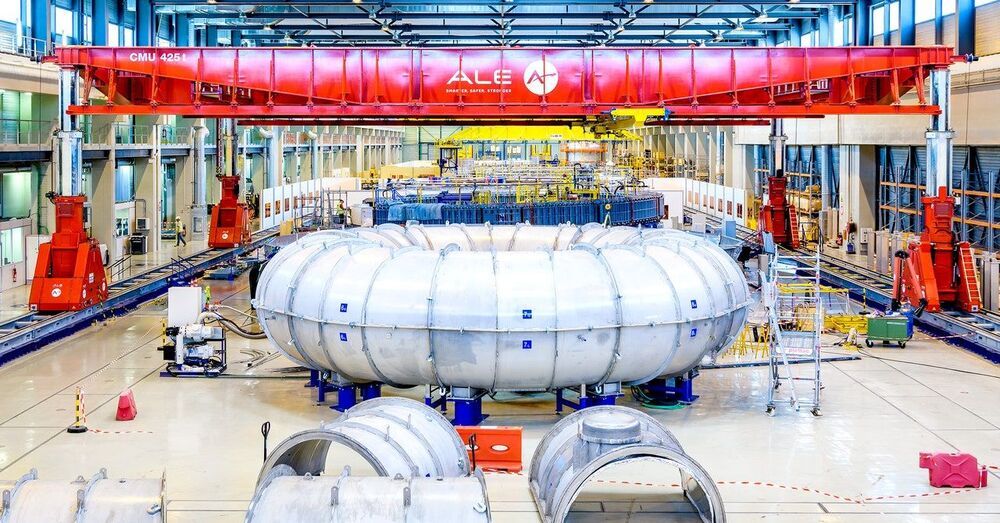


This is pretty cool:
The vaccine targets the novel coronavirus’s Achilles’ heel, its Receptor Binding Motif (RBM), a critical structure that enables the virus to bind to and infect a target cell. According to Prof. Gershoni, the vaccine would reconstruct the coronavirus’s RBM, a tiny feature of its “spike” protein. Though the virus uses many different proteins to replicate and invade cells, the “spike” protein is the major surface protein that it uses to bind to a receptor — another protein that acts like a doorway into a human cell. After the spike protein binds to the human cell receptor, the viral membrane fuses with the human cell membrane, allowing the genome of the virus to enter human cells and begin infection.
Tel Aviv University’s Professor Jonathan Gershoni has been awarded a US patent for a novel coronavirus vaccine design.
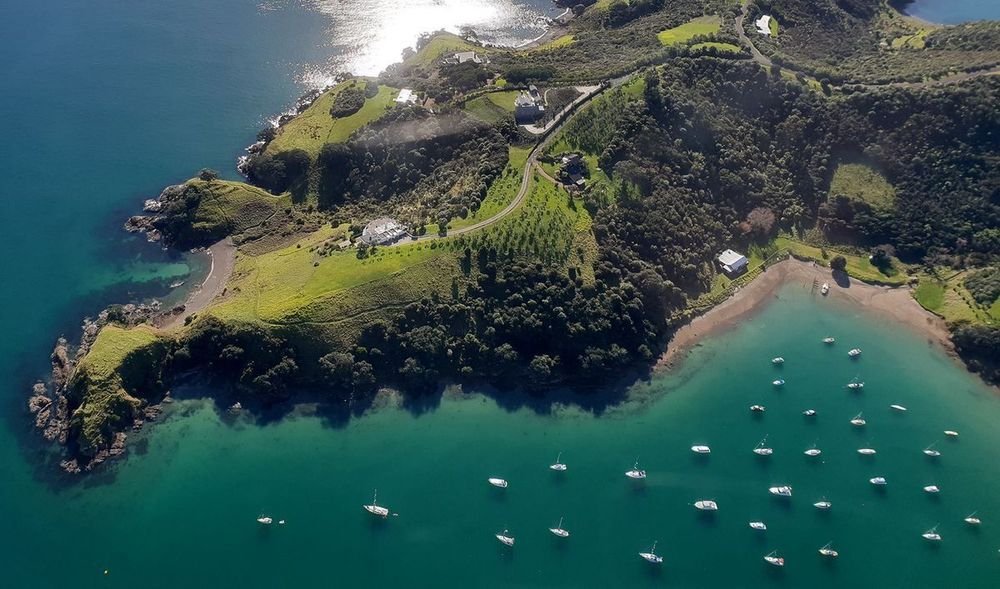
The virus is likely only to fuel the disaster preparedness industry in New Zealand and beyond. “Obviously the coronavirus is making people realize how vulnerable we all are, but what people are really concerned about is the aftermath,” said Vicino, the Vivos founder, who believes the wealthy fear an economic collapse or global depression could lead to uprisings against the top 1%. “They don’t want to have to defend their homes when the gangs of looters or marauders show up.”
Interest in New Zealand bunkers has surged.

This is my business, but I bet many never heard of this:
There’s diamond under them thar plants. A geologist has discovered a thorny, palmlike plant in Liberia that seems to grow only on top of kimberlite pipes—columns of volcanic rock hundreds of meters across that extend deep into Earth, left by ancient eruptions that exhumed diamonds from the mantle. If the plant is as choosy as it seems to be, diamond hunters in West Africa will have a simple, powerful way of finding diamond-rich deposits. Prospectors are going to “jump on it like crazy,” says Steven Shirey, a geologist specializing in diamond research at the Carnegie Institution for Science in Washington, D.C.
Miners have long known that particular plants can signal ore-bearing rocks. For example, Lychnis alpina, a small pink-flowering plant in Scandinavia, and Haumaniastrum katangense, a white-flowered shrub in central Africa, are both associated with copper. That’s because the plants are especially tolerant to copper that has eroded into soils from the mother lodes.
But the new plant, identified as Pandanus candelabrum, is the first indicator species for diamond-bearing kimberlite, says Stephen Haggerty, a researcher at Florida International University in Miami and the chief exploration officer of Youssef Diamond Mining Company, which owns mining concessions in Liberia. Haggerty suspects that the plant has adapted to kimberlite soils, which are rich in magnesium, potassium, and phosphorus. “It sounds like a very good fertilizer, which it is,” says Haggerty, who has published the discovery in the June-July issue of Economic Geology.
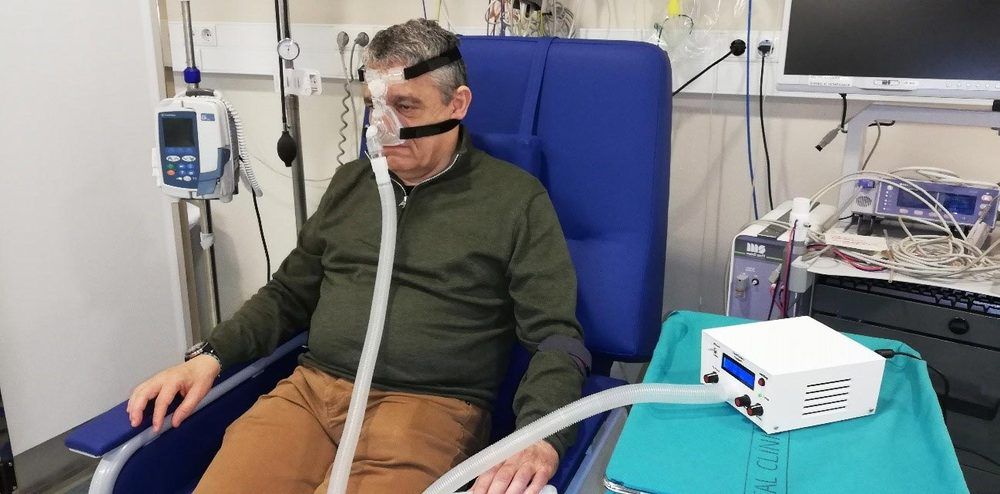
A low-cost, easy-to-build non-invasive ventilator aimed at supporting the breathing of patients with respiratory failure performs similarly to conventional high-quality commercial devices, according to new research published in the European Respiratory Journal.
Non-invasive ventilators are used to treat patients with breathing difficulty and respiratory failure, a common symptom of more severe coronavirus disease. Non-invasive ventilation is delivered using facemasks or nasal masks, which push a set amount of pressurized air into the lungs. This supports the natural breathing process when disease has caused the lungs to fail, enabling the body to fight infection and get better.
The research paper provides a free to replicate, open-source description for how to build the ventilator. The researchers say the prototype ventilator could support treatment of coronavirus and other severe respiratory diseases in low-income regions or where ventilator supplies are limited.
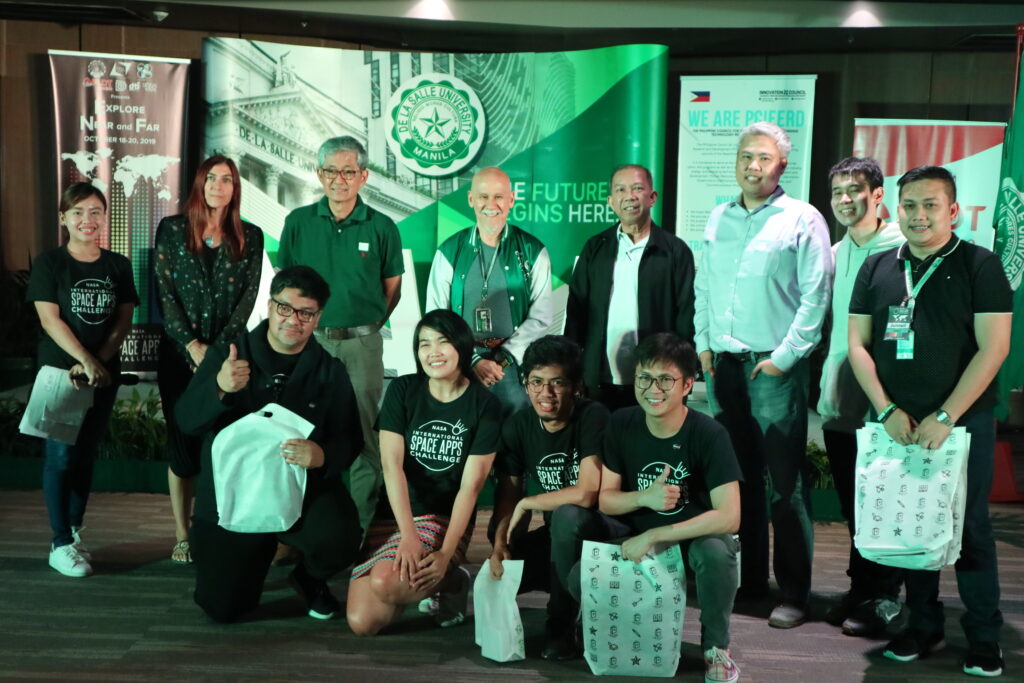
MANILA, Philippines — A dengue case forecasting system using space data made by Philippine developers won the 2019 National Aeronautics and Space Administration’s International Space Apps Challenge. Over 29,000 participating globally in 71 countries, this solution made it as one of the six winners in the best use of data, the solution that best makes space data accessible, or leverages it to a unique application.
Dengue fever is a viral, infectious tropical disease spread primarily by Aedes aegypti female mosquitoes. With 271,480 cases resulting in 1,107 deaths reported from January 1 to August 31, 2019 by the World Health Organization, Dominic Vincent D. Ligot, Mark Toledo, Frances Claire Tayco, and Jansen Dumaliang Lopez from CirroLytix developed a forecasting model of dengue cases using climate and digital data, and pinpointing possible hotspots from satellite data.
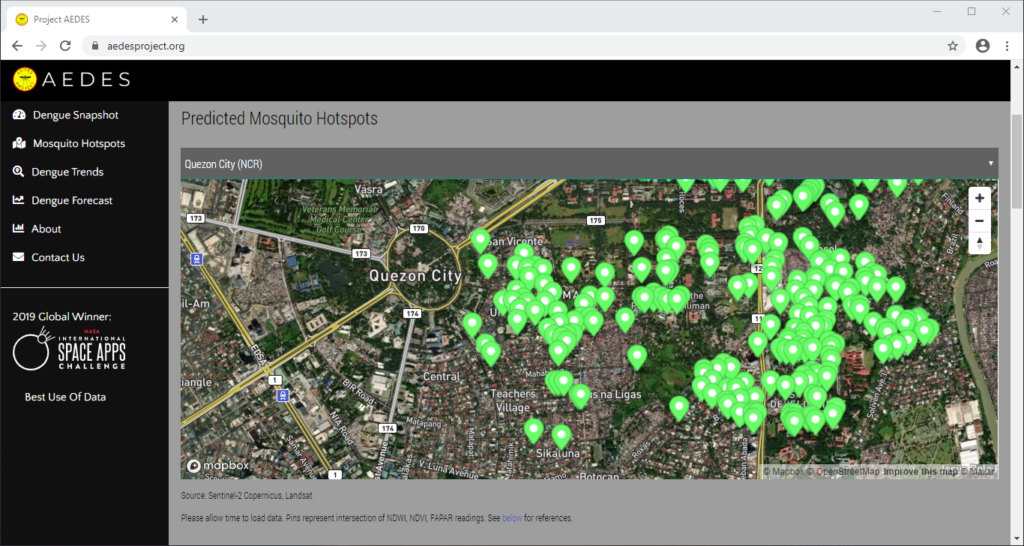
Correlating information from Sentinel-2 Copernicus and Landsat 8 satellites, climate data from the Philippine Atmospheric, Geophysical and Astronomical Services Administration of the Department of Science and Technology (DOST-PAGASA) and trends from Google search engines, potential dengue hotspots will be shown in a web interface.

I want your opinions on this:
ANTANANARIVO, Madagascar — The president of Madagascar Andry Rajoelina has officially launched a local herbal remedy claimed to prevent and cure the novel coronavirus. “Tests have been carried out — two people have now been cured by this treatment,” Rajoelina told ministers, diplomats and journalists at the Malagasy Institute of Applied Research (IMRA), which developed the beverage.
Announcing the brew, Andry Rajoelina drinks a bottle of ‘Covid-Organics,’ which he says has already cured 2 people; scientists warn of risks from untested herbal concoctions.
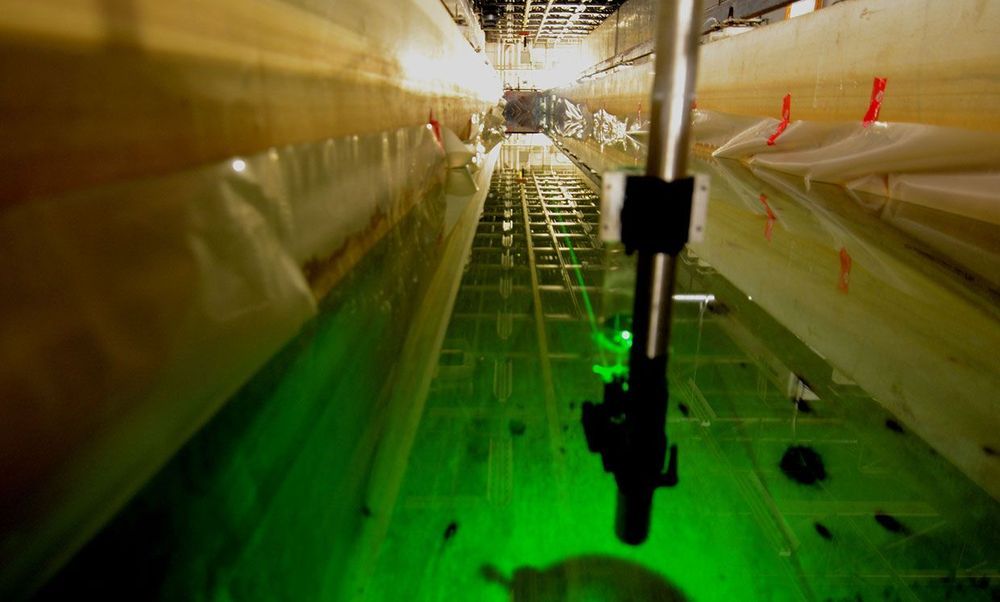
:oooo.
Underwater quantum links are possible across 30 meters (100 feet) of turbulent water, scientists have shown. Such findings could help to one day secure quantum communications for submarines.
Quantum cryptography exploits the quantum properties of particles such as photons to help encrypt and decrypt messages in a theoretically unhackable way. Scientists worldwide are now endeavoring to develop satellite-based quantum communications networks for a global real-time quantum Internet.
In addition to beaming quantum communications signals across the air, through a vacuum, and within fiber optic cables, researchers have investigated establishing quantum communications links through water. Such work could lead to secure quantum communications between submarines and surface vessels, and with other subs, aircraft, or even satellites.

Alibaba’s founder Jack Ma said on Friday in a virtual interview with China Media Group that under the current situation of COVID-19, the internet economy is supporting the world and the internet is the technology of the future.
“No country or enterprises can be isolated from the internet,” Ma said, adding that every one of us must grasp the future and improve the country’s economic system through future technologies and ideas.
